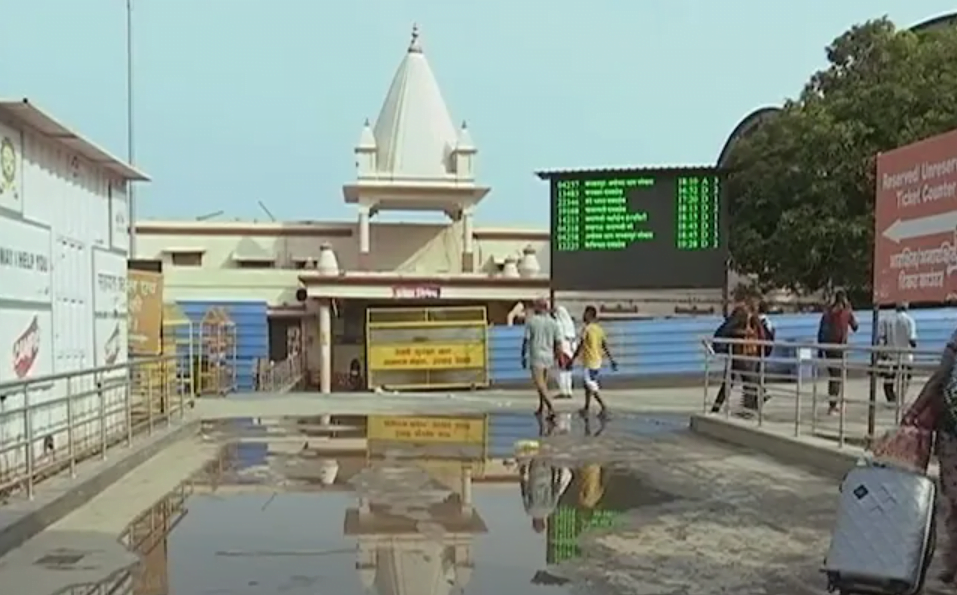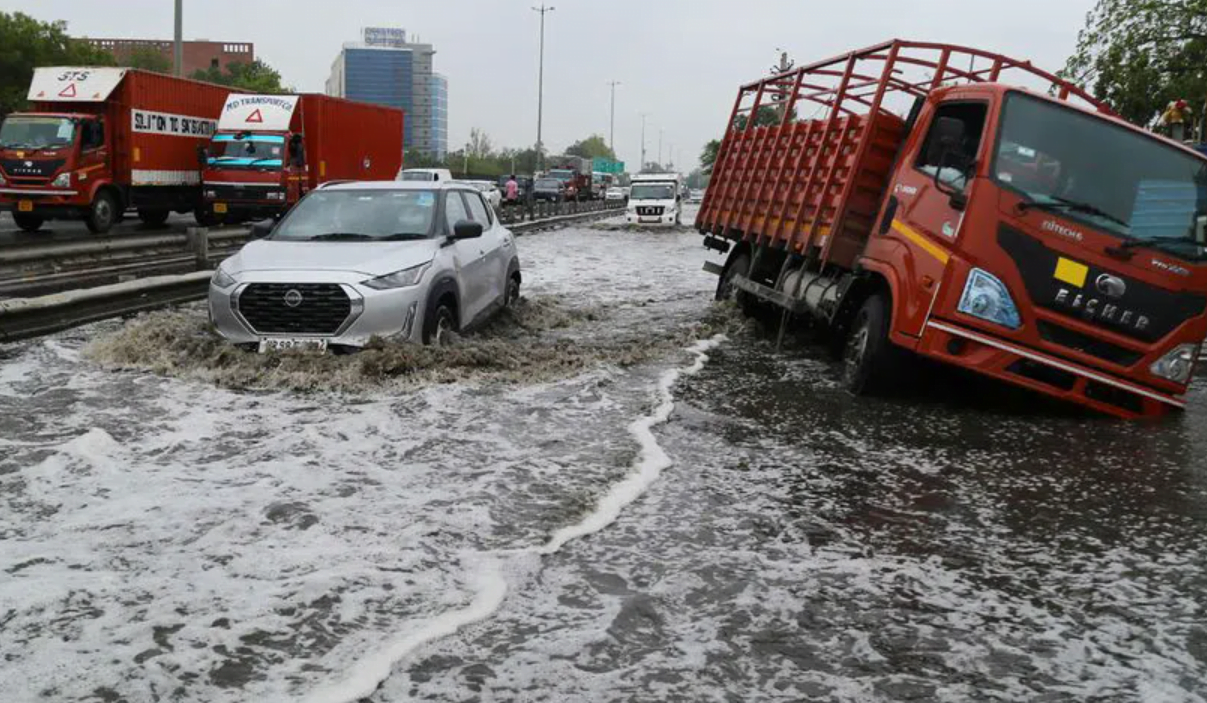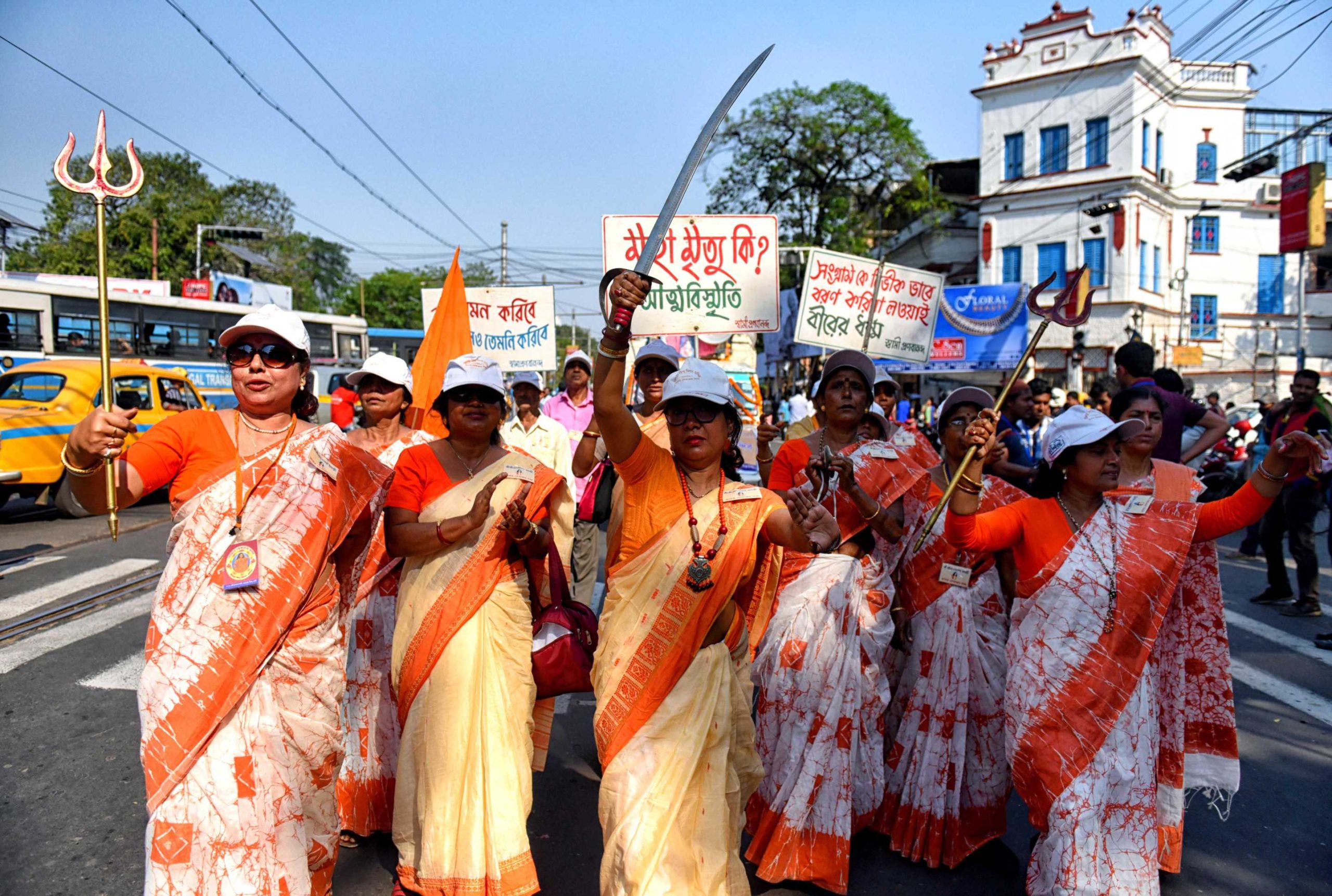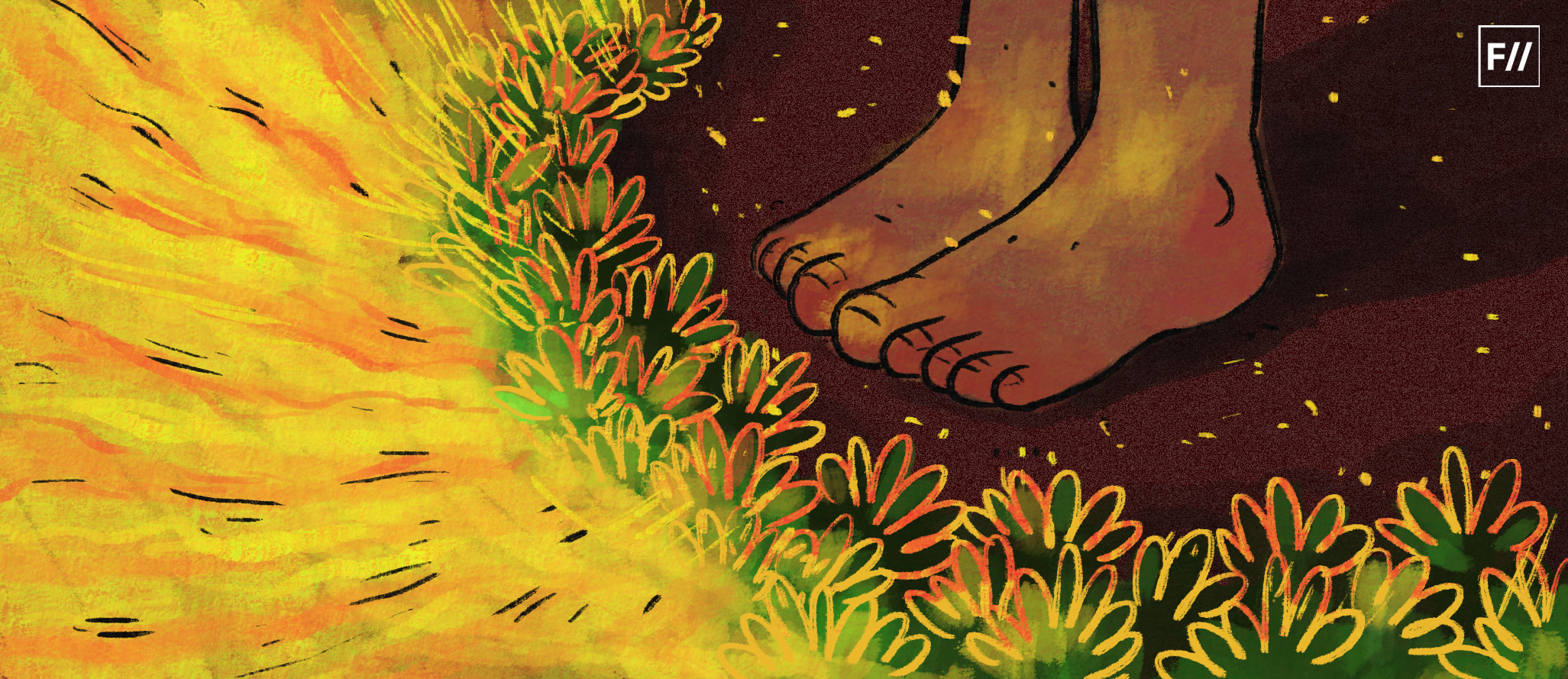Modi 3.0 has begun with thwarting the magnificent narratives constructed earlier, with some of the most pivotal and noteworthy infrastructure blocks giving up amid the National Capital Region’s terrific monsoon rains. On raising questions about the same, the government has been quick to run away from the glorious picture of ‘vikaas,’ (development) that it had painted during its tenure and point fingers at the incompetency of the Congress government instead.
The summer of 2024 has broken all records on the temperature scale in Delhi-NCR, recording some of the worst heat waves in history. Hindustan Times has reported that at least 58 people have died in Delhi-NCR due to the heat wave, and ETV Bharat reported at least 13 people, including children, died in the preceding heavy rains, which submerged the capital in heavy waterlogging. The wrath of climate change has hospitalised many thousands due to heatstroke and restricted the movements of those who can afford to have shelter against ruthless weather conditions. The marginalised are pushed to the brink of survival. Not just India, but the whole world seems to be ablaze with record-breaking temperatures.
These lethal developments in the climate have unveiled the shortcomings of many important infrastructures, which had earlier been glorified extensively by the media and inaugurated by Prime Minister Modi himself. In just one week, one after another, news poured in about major infrastructural mishaps, first the Ram Temple in Ayodhya, then the Indira Gandhi International Airport, and then the Pragati Maidan Tunnel.
Along with these major infrastructural projects, the situation on ordinary roads is no better, and waterlogging has become the new norm. The situation may appear more aggravated due to the rapidly pouring news of infrastructural failures amidst these extreme climatic conditions; however, even before this period, there have been other major instances of structural collapses and developmental negligence throughout India as well. This includes the appearance of cracks on the Atal Setu and a similar situation of a falling canopy at Jabalpur Airport.
These developmental failures have raised some important questions about the narratives of ‘development,’ which have been propagated extensively by the ruling government.
The Ram Temple and Ram Janmabhoomi Path
On June 24, the chief priest of the Ram Temple, Acharya Satyendra Das, spoke to the ANI and flagged his concern regarding the negligence: “In the first rain, the roof of the sanctum sanctorum where the idol of Ram was installed started to leak. Attention should be paid to the matter and to finding out what was missing. It is very important. There is no space to drain water out of the temple.”
In a conversation with PTI, he further added, “It is very surprising. So many engineers are here, and the Pran Pratishtha was held on January 22, but water is leaking from the roof. Nobody would’ve thought this.”

It is not just the inside of the temple that has been experiencing these issues, but also the 14-kilometre-long Ram Path, which has been waterlogged and the roads have caved in. Around 15 bylanes of the Ram Path have been flooded after the monsoon rains, sewage water has seeped inside homes, and visuals of the Sri Ram Hospital in Ayodhya also show waterlogging. Six PWD and UP Jal Nigam officials have been suspended owing to negligence.
Anwadhesh Prasad, the newly elected MP of Faizabad district, went to inspect the Ram Path and parts of Ayodhya. In conversation with PTI, he remarked, “People from all over the world come to Ayodhya. The poor construction of the Ram Path has brought shame for all of us.”
Ayodhya, which until recently was gracing the media with glamorous visuals during the Ram Temple inauguration, is betraying a starkly different image now. The grand budget allocation towards the temple, which stands at ₹1,800 crore, seems to have missed the mark in living up to its lofty promises.
IGI airport infrastructure gives up
On June 28, the roof of the T1 terminal of Indira Gandhi International Airport collapsed after a heavy spell of rain. The collapsing roof took the lives of one and injured five others. This major case of negligence has taken place at India’s largest and busiest airports, and the T1 terminal is the oldest and the largest domestic terminal. The revamped terminal had also been virtually inaugurated by Prime Minister Narendra Modi earlier this year on March 10.

Ramesh Kumar was the cab driver who lost his life to the collapsing roof of his car. His son, Ravinder Kumar, spoke to The Hindu and blamed the criminal negligence of the government, “It is pure criminal negligence on the part of the government when a place like the airport in the national capital is not safe. Where should people go? Railway stations or bus stops? Those are not safe either.”
Pragati Maidan Tunnel
On June 28th, the same day when the roof collapsed at the airport, the Pragati Maidan Tunnel was closed for 3 days, again due to heavy waterlogging owing to the heavy monsoon rains.
Like the Ram Temple, the Pragati Maidan Tunnel was marketed with lofty visions and given a makeover during the G20 Summit. However, the defects were quick to spring up and shatter the rosy image. To date, the persistent issue has not yet been solved and continues to cause inconvenience.
This is not the first time that the tunnel has been facing the issue of flooding and waterlogging. ₹777 crore had been allocated to the budget of the tunnel, and it was inaugurated by Prime Minister Narendra Modi in June 2022. Yet, since its inauguration two years ago and despite multiple repair works, the tunnel has had to be closed numerous times due to water leakages.
Like the Ram Temple, the Pragati Maidan Tunnel was marketed with lofty visions and given a makeover during the G20 Summit. However, the defects were quick to spring up and shatter the rosy image. To date, the persistent issue has not yet been solved and continues to cause inconvenience.
The capital is submerged and so is the infrastructure
The Financial Times reports that the PWD has received about 200 water-logging complaints from across Delhi. This included some of the most famous and developed areas of Delhi, including Lajpat Nagar, Jangpura, Moolchand, C R Park, AIIMS, Bhikaji Cama Place, R K Puram, Chirag Dilli, Dhaula Kuan, Naraina, and Rajendra Place, among others.

The Hindustan Times flagged a list of tunnels and underpasses across Delhi, all of which are undergoing waterlogging issues. This includes the Minto Bridge underpass, Mathura Road tunnel, Tilak Bridge Railway Underpass near ITO, Azad Market, Zakhira, Azadpur, and Chatta Rail (behind Red Fort) underpasses in north Delhi, Mehram Nagar underpass leading to Terminal 3 of Delhi airport, and Ashok Nagar underpass.
Lack of accountability and the blame game
When the developmental projects of the government authorities have started being scrutinised and questioned, they have resorted to petty blame-game politics. Congress President Mallikarjun Kharge called out the authorities over the rooftop collapse at Indira Gandhi International Airport and the other infrastructural failures, writing on X about these “stark instances that expose the tall claims by Modi ji and the BJP of creating ‘world-class infrastructure.’ All this false bravado and rhetoric was only reserved for quickly indulging in ribbon-cutting ceremonies before elections!“
In response, Union Civil Aviation Minister Ram Mohan Naidu Kinjarapu responded by denying all accountability and instead saying, “I want to clarify that the building inaugurated by PM Narendra Modi is on the other side, and the building that collapsed here is an old one that opened in 2009.”
If not indulging in the blame game, the authorities are quick to hide behind the shelter of extreme weather conditions. However, they seem to forget that the onus lies on the authorities to ensure the building of climate-resilient infrastructure, timely repairs, maintenance, proper drainage, and waste disposal systems.
Depoliticising the narrative of Viksit Bharat
Rather than focusing on getting one-up against the Congress government, which seems to be the primary concern for Prime Minister Narendra Modi, the focus must be driven to ensuring the quality of the infrastructure rather than the quantity, which till now has been the result of hasty decision-making.
The political project of the promised vikaas (development) is under scrutiny, and the people want accountability and change. Hiding behind the shadows of climate change or the previous government’s failures can only work for so long.
About the author(s)
Sarah (She/Her) is your local student journalist and writer pursuing her Bachelor's in Literature from Delhi University. She seeks to strike a balance between a chaotic chronically online gen-z and an insatiable learner. At the risk of coming across as cheesy, she quotes Oscar Wilde on being asked to introduce herself, "To define is to limit."






